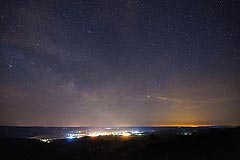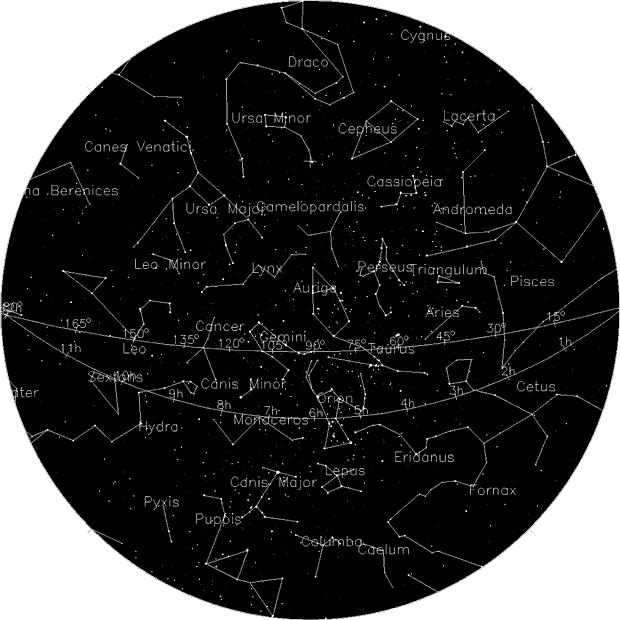For the past 200 years, humans have used light so we can stay active well after dark. This has allowed us to extend our day well into the night, but are there unintended consequences to the indiscriminate use of light?

In November of 2018 scientists from all over the world met at Snowbird to present their latest findings at the Artificial Light At Night (ALAN) Conference. I attended this conference to listen to their findings. The evidence is mounting of just how deeply blue and white spectrum light is affecting humans, as well as the ecosystems which that light trespasses onto. In night shift workers, the likelihood of acquiring prostate, breast, and colon cancer is increased by almost 67% for men and women. Being exposed to ALAN can have many effects on our bodies such as mood disorders, depression, obesity, sleep disorders, an increased susceptibility toward diabetes and cancer.

Scientists have found profound effects of ALAN on all life on Earth. One scientist from Germany found that even small amounts of ALAN affect the melatonin production in perch. In Hungary, insects drawn to the lights of a bridge covered the surface of the bridge with thousands of moths leading to a bicyclist crashing and being injured. Another scientist found that pollinators were less likely to visit flowers under ALAN which meant that those flowers were not getting pollinated as often. This could have a huge impact on the food chain as many flowering plants are also food-bearing plants.
It often takes a species of life millions of years to adapt to such a major change in their environment. Our bodies simply cannot adapt fast enough to ALAN to remain healthy. As humans, we are adaptable intelligent and creative beings. I am confident we can figure out how to create responsible lighting reducing the impacts of ALAN on our loved ones, as well as the ecosystems we call home. With simple adjustments to our uses of ALAN, we can reduce our personal risk of these impacts and live a healthier and happy life. For more information on what you can do, visit :
www.facebook.com/moabdarkskies/
Moon Happenings
Feb 4 - New Moon at 2:03 pm
Feb 19 - Full Moon at 8:53 pm


